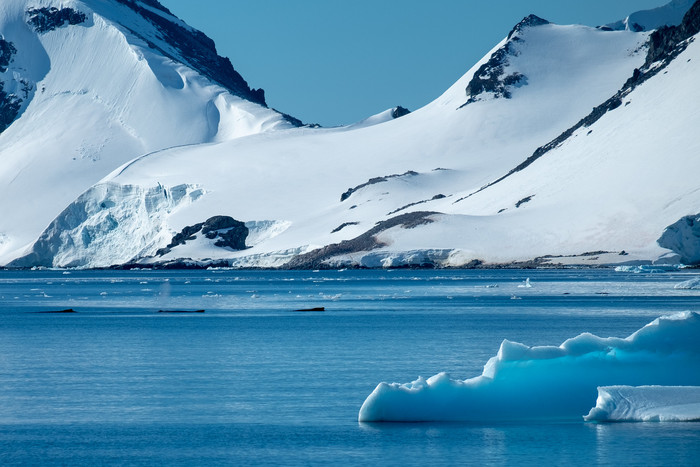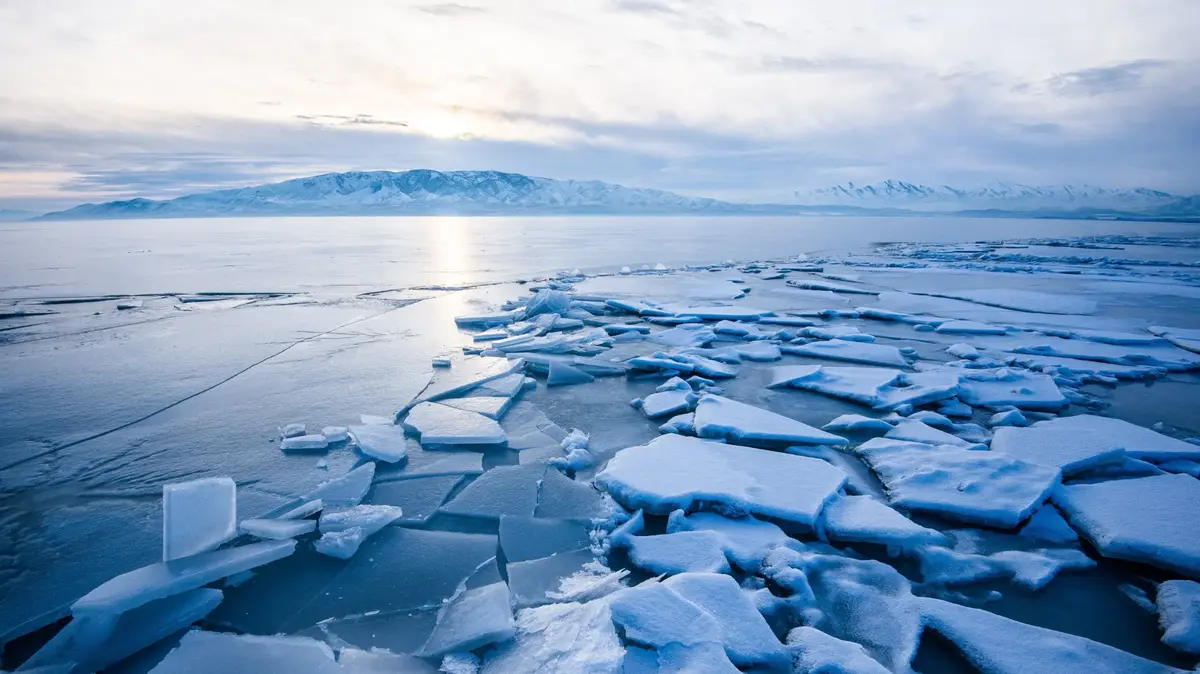The Antarctic ice sheets, particularly in the western sector, are at risk from global warming. This is indicated by the research published in the journal Nature by the Imperial College of London and conducted in collaboration with the National Institute of Oceanography and Experimental Geophysics (Ogs) and the University of Siena.
The starting point was the geological archive of the past of the white continent, which was reconstructed following the drilling of the International Ocean Discovery Program (Iodp) in the Ross Sea. The research, conducted in 2018, contributed by the Ogs, which acquired most of the geophysical data used for the location of the most suitable sites to reconstruct the dynamics of the cap.
The research has revealed new scenarios on the behavior of the largest ice sheet on the planet in the face of global warming.
"Our past observations help provide predictions on how the West Antarctic ice sheet, considered particularly vulnerable to rapid ice mass loss, will respond in various future warming scenarios," notes study coordinator Jim Marschalek of Imperial. College. The results indicate that the effects of climate change on the ice sheets will persist if action is not taken now to reduce greenhouse gas emissions.
The discovery published by the scientific journal Nature, made following the drilling of the International Ocean Discovery Program (IODP) in the Ross Sea in 2018, contributed by the OGS which acquired most of the geophysical data used for the location of the sites more suitable for reconstructing the dynamics of the shell. "The expedition aboard the scientific ship Joides Resolution made it possible to recover 1300 meters of sediment cores to study the evolution of the polar cap from 18 million years ago to today", explains Laura De Santis, OGS researcher, expedition leader and co-author of the article.
The study reveals that between 19 and 17 million years ago the volume of Antarctica had reached a larger size than it is today. The OGS used seismic data to estimate how much sediment was eroded from the ice sheet and to provide 'snapshot images' of the evolution of the Ross Sea and the ice sheet. "During this interval, the cap progressively dug and deepened its rocky substratum, and extended to the edge of the continent, at sea - notes Florence Colleoni, OGS glaciologist and co-author of the article - subsequently between 16 and 14 million years ago, in conjunction with atmospheric carbon dioxide levels of around 500 ppm and a very hot climate, the ice sheet retreated significantly until it almost disappeared in the western sector of theAntarctica contributing to a global sea level rise of several tens of meters ".




/cloudfront-eu-central-1.images.arcpublishing.com/prisa/DBT2OEOLXBGZTLYKDBM2FWSJNM.jpg)


